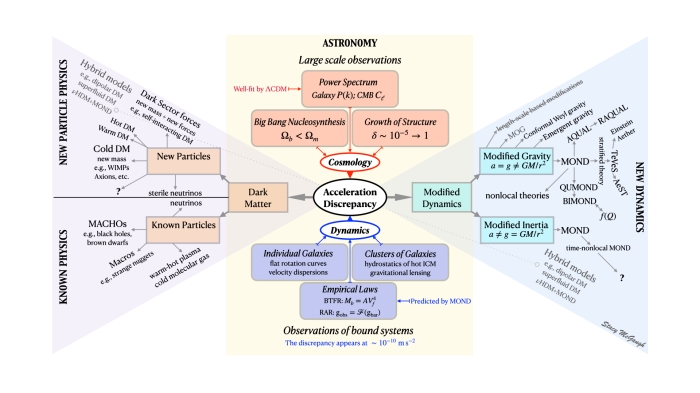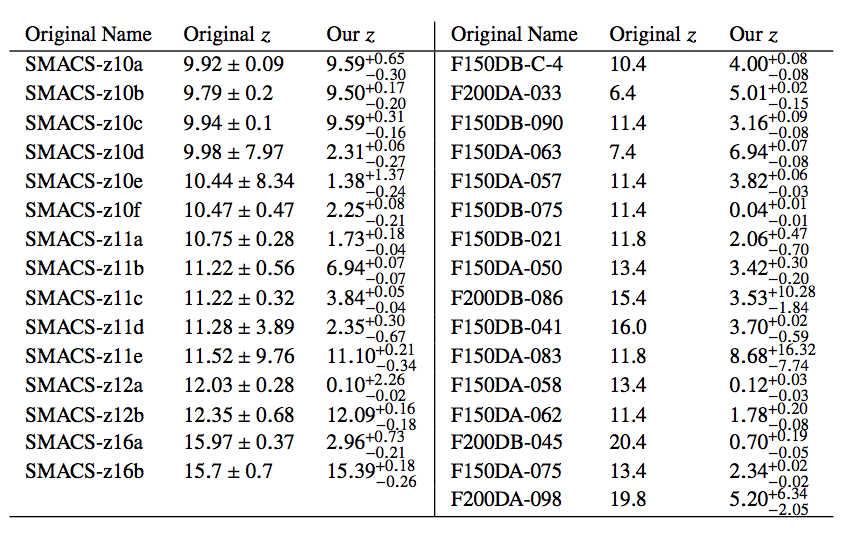
Kuhn noted that as paradigms reach their breaking point, there is a divergence of opinions between scientists about what the important evidence is, or what even counts as evidence. This has come to pass in the debate over whether dark matter or modified gravity is a better interpretation of the acceleration discrepancy problem. It sometimes feels like we’re speaking about different topics in a different language.









